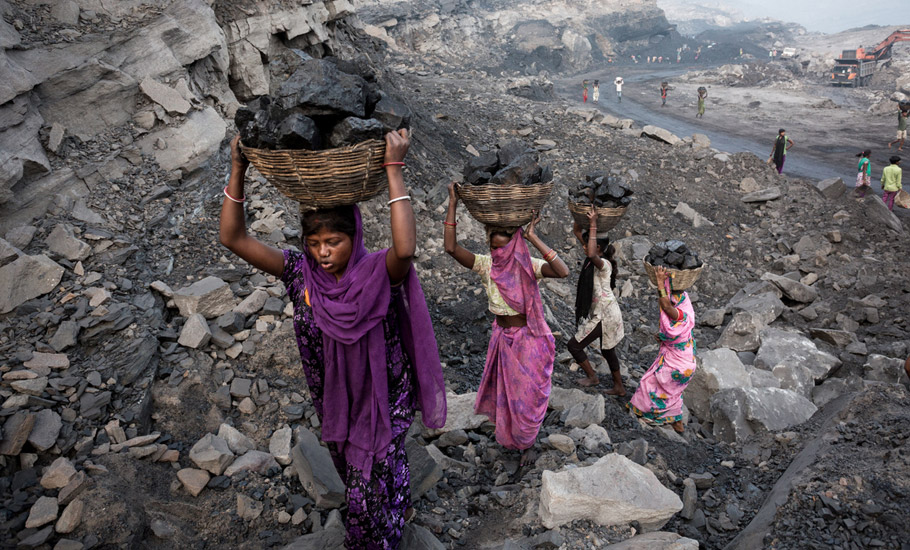
Modinomics gets thumbs up from SBI; says formal sector now 80% of GDP

India’s formal economy is gaining strength with the informal sector down to just 20%, a significant drop from 52% in fiscal year 2018-19, says the latest State Bank of India (SBI) report.
The economic research department of SBI named several schemes starting from demonetisation (2016) to increased emphasis on digitisation to the emergence of the gig economy to suggest the India is formalising at a rate faster than most world economies.
The informal sector refers to those workers who are self-employed, or who work for those who are self-employed. People who earn a living through self-employment in most cases are not on payrolls, and thus are not taxed. Many informal workers do their businesses in unprotected and unsecured places.
The report relied on monthly EPFO payroll report and data registered with e-shram portal — PM Modi’s pet project — to conclude that the country’s formalisation of the Indian economy has reached 80% of the GDP as compared to just about 48% two years back.
Giving a stamp of approval to Modi’s economic policies, the report stated: “Based on specific examples, at least Rs 13 lakh crore has come under the formal economy through various channels over the last few years, including the recent scheme on E-shram portal. We estimate almost 36.6 lakh jobs have been formalised till August 2021.”
E-Shram received a special mention in the report, which termed it as “a big step towards the formalisation of employment”. “Till date the rate of formalisation of unorganised labour due to e-Shram is around 17 per cent or Rs 6.8 lakh crore or 3 per cent of GDP in just 2 months.”
The Centre has always argued that the e-Shram portal, a national database of unorganised workers, was meant to bring more and more workforce into the formal sector. The SBI reports says about 5.7 crore workers on the portal until October 30. “Sixty-two per cent of workers are in the 18-40 age group, and 92 per cent have a monthly income of less than Rs 10,000,” the report stated.
The EPFO payroll report gives information on establishments remitting first ECR (Electronic Challan-cum-Return) in a particular month. This report too suggests a decline in the informal sector.
Also read: Why is E-SHRAM portal important for labourers? Expert Dr Shyam Sundar explains
West Bengal has shown the highest number of registrations on EPFO, followed by Odisha and Uttar Pradesh. The farm labourer segment in agriculture has shown the biggest jump with 55 per cent of registrations coming from this segment, followed by the construction sector (13 per cent).
Estimating the extent of formalisation in the agriculture sector, the SBI report said that registration of Kisan Credit Cards, mostly among marginalized farmers, has jumped impressively with Rs 4.6 lakh crore registrations.
A total of 5.7 crore workers are registered, of which 4.6 crore account holders have bank accounts. However, just about 25 per cent of them have Aadhaar-linked bank accounts, reported The Indian Express.
Madan Sabnavis, chief economist at Care Ratings, took a dim view of the SBI’s assessment though. “Simply looking at the total workers registered with EPF and unorganised workers registered at e-Shram portal shows the number going up, but GDP calculation gives a different view. Two large sectors, farming and SMEs, are out of it. While 25-30 per cent of the GDP comes from SMEs, they are mostly informal; also, over 60 per cent of employment in the farm sector is informal. If you see trade, transport, restaurants, retail, wholesale trade, and mandis, they are not in the formal sector,” Sabnavis told The Indian Express.
Demonetisation in 2016 has often drawn critics’ ire, blaming it for hurting the country’s informal sector the most. Economists have time and again blamed the Modi government’s decision for distress in the informal sector.


